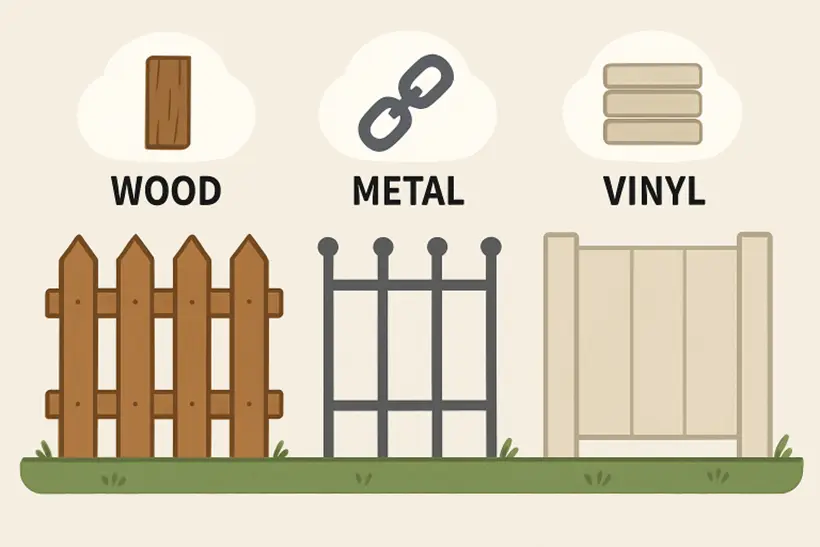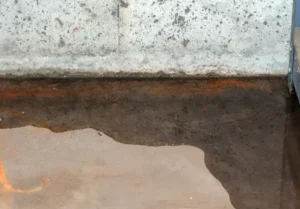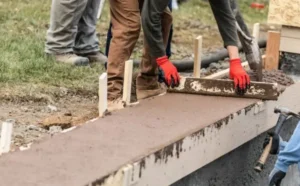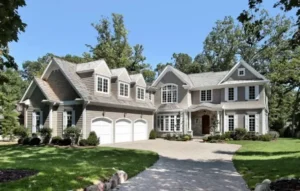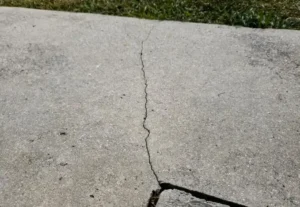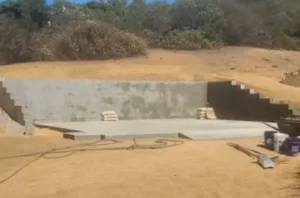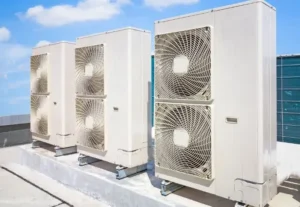Keeping a fence in peak condition is not just about appearance—it’s crucial for structural integrity and property value. Whether installing a new enclosure or preserving an existing one, employing the proper strategies will ensure your fence stands the test of time. Many homeowners trust fence painting and staining services to protect their investment and maintain curb appeal with professional results. Establishing the optimal finish for your fence begins with careful planning and ongoing maintenance, striking a balance between durability, environmental responsibility, and visual appeal that lasts for years to come.
Developing a maintenance routine and responding proactively to issues is essential for a fence that outlasts harsh seasons and daily wear. The steps below guide you through selecting the right materials, applying effective treatments, and integrating sustainable routines, guaranteeing lasting results for wood, metal, or vinyl fences alike. From choosing appropriate coatings to preventing drainage issues, following these best practices maximizes fence longevity and protects your property line.
Choosing the Right Materials
Fence longevity starts with material selection. Natural woods like cedar and redwood are prized for their inherent oils and tight grain structure, making them highly resistant to decay and insect activity. For those preferring a metal option, galvanized steel and aluminum offer outstanding rust resistance and minimal upkeep, ensuring a stable framework even in challenging weather conditions. Vinyl fencing, while less traditional, provides low maintenance with significant resistance to moisture and pests.
Quality materials should always be paired with sturdy, corrosion-resistant hardware. Stainless steel or coated fasteners prevent premature failure due to rust, which is especially important in humid or coastal areas. For those planning extensive installations or significant repairs, consulting reputable sources such as the Better Homes & Gardens fencing guide can help homeowners match materials to their climate and preferences. Proper installation techniques and routine inspections also play a significant role in extending a fence’s lifespan. By combining durable materials with consistent care, homeowners can enjoy a fence that remains both functional and attractive for decades.
Protective Treatments and Coatings
Protecting wood against moisture and sunlight is critical for preventing warping, cracking, and rot. Oil-based sealants absorb deeply into wood fibers, safeguarding against water intrusion while allowing the wood to breathe. Reapply these sealants every one to three years, with increased frequency in high-rainfall or sun-exposed locations. Paint and stain in lighter colors will also help reflect sunlight and reduce heat buildup, further extending the wood’s life.
Metal fences require their own approach: applying a quality primer followed by a rust-resistant paint offers protection against oxidation and corrosion. Inspecting coatings for chips or thin spots annually allows prompt touch-ups before rust can spread. Powder coating is a premium option for high-use areas, forming a durable outer layer that is less likely to chip or peel than traditional paint. For vinyl fences, cleaning is usually sufficient, but UV-resistant topcoats are available for preventing color fading over time.
Regular Maintenance Routines
Proactive maintenance dramatically increases fence longevity. Begin with scheduled inspections every few months, and especially after storms or freeze-thaw cycles. Early detection of issues like loose boards, corroded fasteners, or early signs of rot enables inexpensive repairs before extensive damage occurs.
- Inspections: Evaluate the structure for warped, cracked, or rotted elements, and check metal fences for signs of rust or joint weakness.
- Cleaning: Remove dirt, mold, and algae with a mild detergent and a soft-bristle brush for wood. For metal and vinyl, soap and water suffice. Annual cleaning maintains appearance and hygiene while preventing buildup that can hold moisture against the fence material.
- Repairs: Replace compromised boards, fill minor rot with wood epoxy, and repair or replace rusted hardware immediately. Tightening screws and fixing gates helps prevent sagging and stress fractures.
Control surrounding vegetation by trimming shrubs and removing vines that can trap moisture, which accelerates decay. For additional fence maintenance advice and region-specific tips, refer to the HGTV fence care guide. Regular inspections throughout the year can also help you spot small issues before they become costly repairs. With consistent care, your fence will remain both functional and visually appealing for many years.
Addressing Drainage Issues
Many fences deteriorate prematurely due to water exposure. Ensure the soil around your fence slopes away to prevent standing water near posts and panels. At the time of installation, embedding posts in gravel instead of directly in soil enables quick drainage and decreases the risk of wood rot and frost heave. Where feasible, consider a stone or gravel buffer along the base to further enhance water flow and minimize soil contact.
Common Solutions for Drainage Challenges
- Install French drains if water regularly pools near fence lines.
- Grade soil to direct runoff away from your fencing.
- Check and clear drainage paths seasonally, especially after extreme precipitation events.
Preventing water accumulation is vital for wood and metal fences, significantly reducing the risk of decay, warping, or rust at ground level.
Sustainable Fence Maintenance Practices
Incorporating eco-friendly methods into regular fence care not only helps the environment but can also extend the service life of your fence. Opt for non-toxic, biodegradable cleansers over harsher chemicals to safely remove dirt and organic buildup. Many modern stains and sealants are plant-based, offering deep penetration and water resistance while reducing their environmental impact.
Strategically plant pest-repellent herbs—such as lavender, rosemary, or mint—along the fence line. These natural barriers discourage wood-boring insects and can help minimize the need for synthetic pesticides. Where possible, source lumber that is sustainably harvested or certified by organizations like the Forest Stewardship Council (FSC), supporting long-term forest health.
By applying these sustainable practices and the strategies above, your fence will remain an attractive, long-lasting feature that enhances both property value and environmental health. With ongoing maintenance and expert support from fence painting and staining professionals, your outdoor enclosure can thrive through every season.
